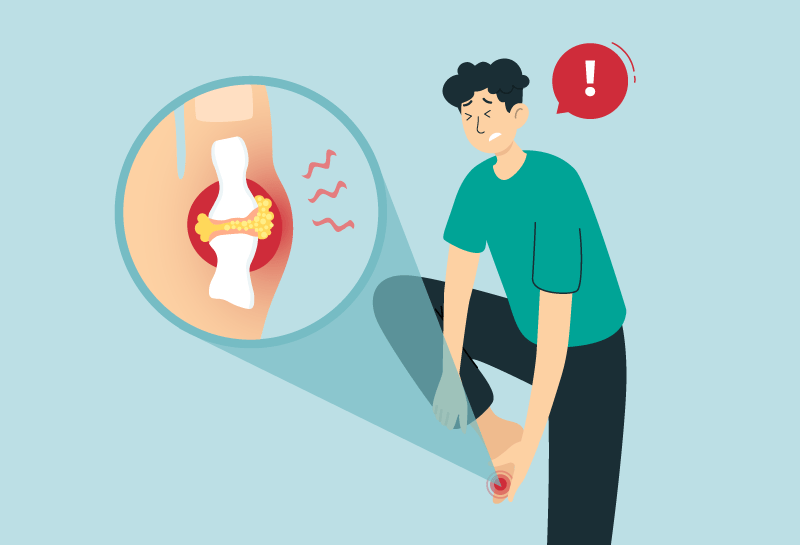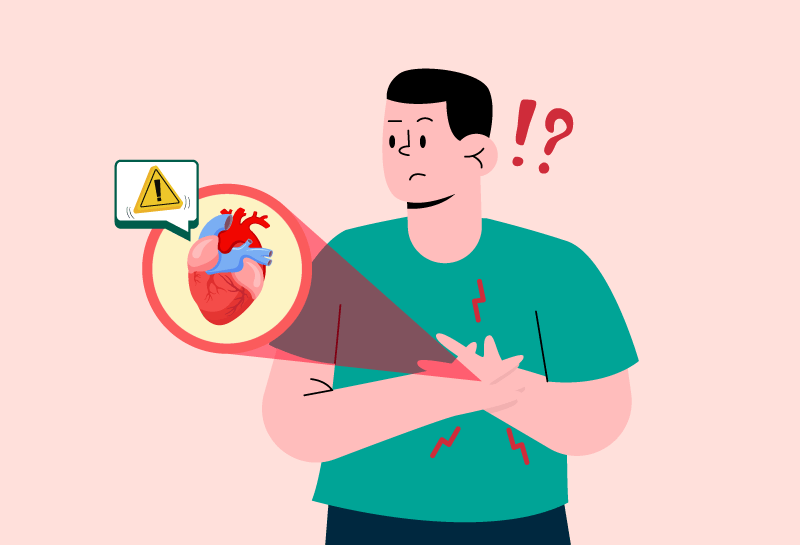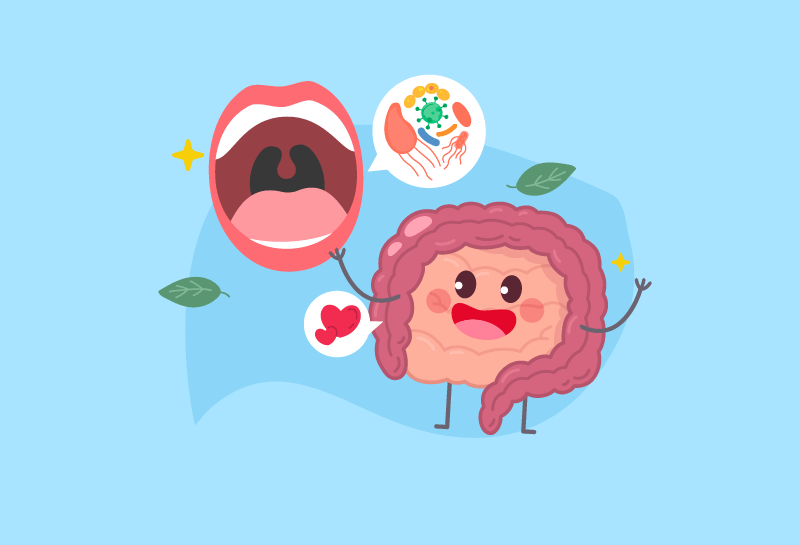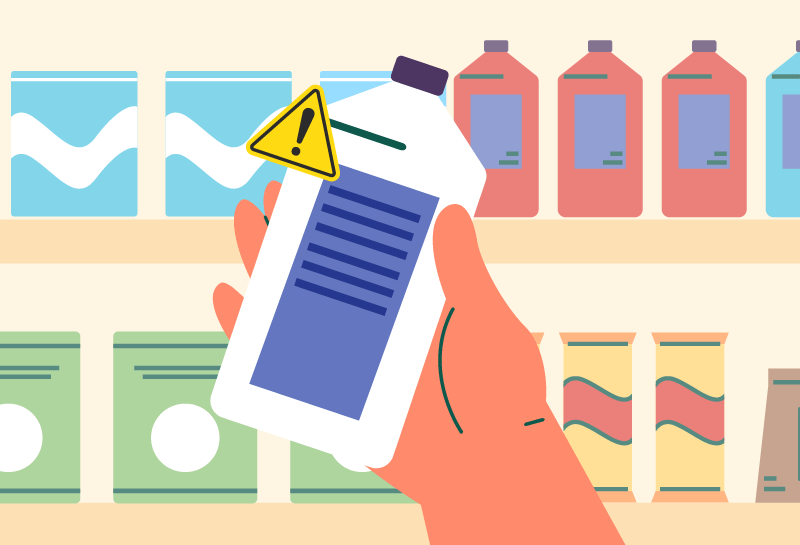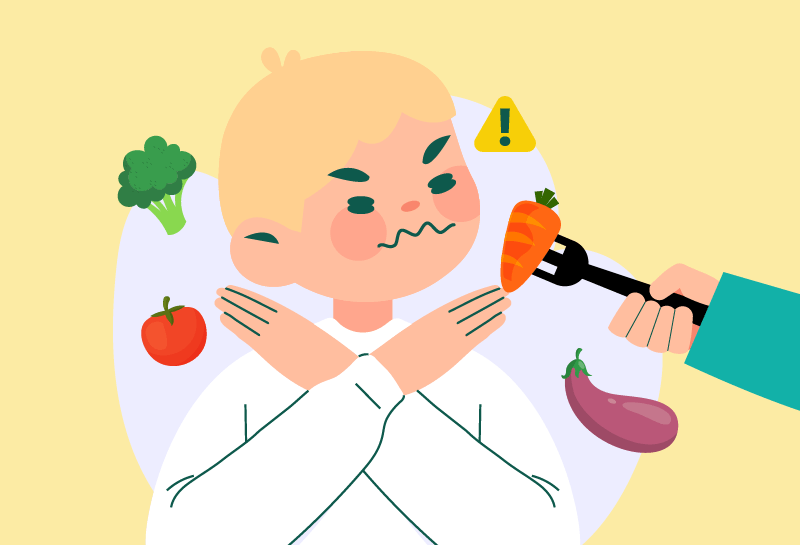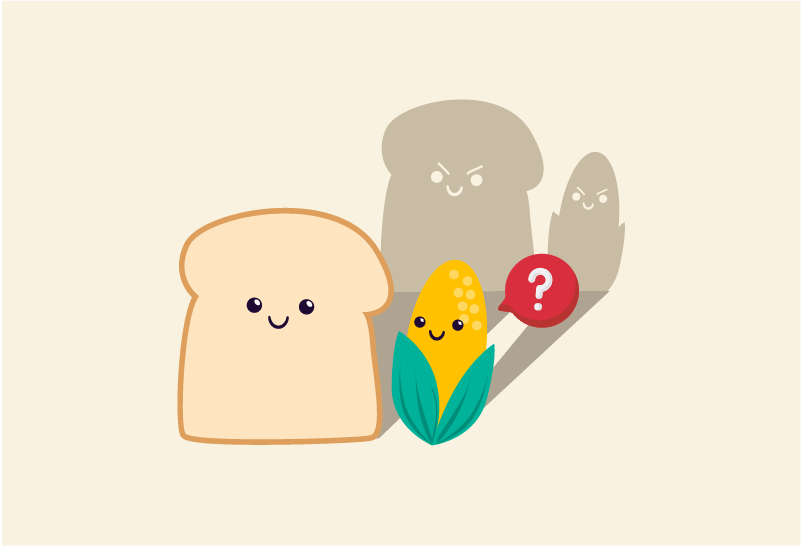Could the key to faster recovery after surgery and better mental health lie not just in medication or traditional therapy, but in the simple presence of a furry friend? Animal-assisted therapy (AAT) is gaining attention for its potential to support both emotional and physical healing. While it’s becoming increasing popular, particularly in the APAC region, its full impact remains largely unexplored.
Imagine walking into a hospital where, instead of the usual clinical sterility, a friendly golden retriever greets a patient with a wagging tail. Or a child with autism lights up as they stroke the soft fur of a therapy rabbit. These heartwarming moments are not just about emotional comfort; they’re backed by science. AAT is being used in hospitals, nursing homes, and even corporate settings across Asia Pacific, offering significant psychological and emotional benefits. But does it really work? And what concerns need to be addressed before we embrace this practice more widely?
The science behind animal therapy
Studies show that interacting with animals can reduce stress, lower blood pressure, and improve mood. This is largely due to the release of oxytocin, the natural “love hormone”, which helps create a sense of calm and trust. Therapy animals provide companionship and emotional support, often helping people who struggle with anxiety, depression, or trauma.
Animal-assisted therapy (AAT) is a structured form of therapy where trained animals work with licensed therapists to address specific therapeutic goals, such as helping patients with post-surgery recovery or emotional healing. In some hospitals in Singapore and Japan, therapy dogs are helping patients recover from surgery by encouraging movement and reducing pain perception. AAT also plays a role in treating conditions like PTSD, anxiety, and depression, offering patients a more engaging and supportive recovery experience.

EXPERT INSIGHT
There are various types of animal-assisted services delivered by qualified practitioners, with each service tailored to the practitioner’s qualifications and the needs of the clients.
Animal-assisted activities (AAA) are provided by individuals whose animals have been assessed as suitable for comfort, stress relief, and distraction, but who may not hold specific qualifications. These activities are typically offered in settings like aged care homes, hospitals, and schools.
Animal-assisted therapy (AAT) is delivered by allied health professionals who integrate animals into their therapeutic practice. The focus is on rehabilitative goals tailored to the patient’s needs. It can be offered in group or individual settings and is applicable to individuals of all ages. Goals are clearly defined and the process is documented and evaluated.
Animal-assisted therapy for mental health is conducted by licensed mental health professionals, such as clinical psychologists or licensed counsellors. This type of therapy emphasises the psychosocial and behavioural benefits of interacting with animals, particularly equines. It follows a structured, experiential treatment plan and focuses on fostering personal growth, building trust, improving focus, strengthening boundaries, and promoting a sense of order.
Therapeutic riding involves mounted activities and can benefit individuals with conditions such as Traumatic Brain Injuries, Cerebral Palsy, Post-Traumatic Stress, and others.
Hippotherapy, delivered by licensed physical, occupational, or speech-language therapists, focuses on therapeutic outcomes. It uses the natural rhythm of the horse to aid in healing and can be provided under a physician's prescription.
These services, as explained by Wendy, offer a unique and effective approach to healing and support across various domains.
The rise of animal-assisted therapy and activities in APAC
In recent years, countries across Asia Pacific have started embracing the therapeutic benefits of animals in both AAT and AAA formats. From elephants in Thailand to therapy cats in Japan, AAT practices vary widely but all share the common goal of improving emotional and physical wellbeing. Here are a few examples of how AAT and AAA are being used across the region:

In Thailand, elephants are used in rehabilitation programs for individuals with disabilities and emotional trauma. These majestic animals, known for their intelligence and empathy, help patients overcome physical and psychological challenges, offering a unique, powerful therapeutic bond. This practice is an example of AAA, offering comfort and emotional support without formal therapeutic goals.

In South Korea, Panda Fu Bao, a beloved giant panda at Everland, has been observed providing therapeutic joy to visitors, particularly during the pandemic. Fu Bao’s gentle presence and the emotional connection visitors have with the panda showcase the profound impact animals can have on human wellbeing. This is another example of AAA, where the focus is on offering stress relief and emotional comfort through interaction with animals.

In Australia, universities like the University of Melbourne and the University of Sydney hold “puppy stress relief” days during exam seasons, where students can interact with therapy dogs to reduce stress levels and improve mental clarity. This is an example of AAA, as it is more informal and designed to alleviate stress without clinical objectives.

In Japan, therapy cats are being introduced in mental health clinics. Studies have shown that the calming effect of a cat's purring can help reduce anxiety in patients, providing them with a soothing environment during therapy sessions. This is an example of AAT, where animals are used in a structured setting to address specific emotional and psychological challenges.
These examples illustrate the growing recognition of animal-assisted practices, both AAT and AAA, across the APAC region. From large, majestic creatures like elephants to the soothing presence of cats and pandas, animals are becoming an integral part of rehabilitation and wellness programs across various cultures.
How animal-assisted therapy enhance post-surgery recovery
Recovering from surgery is a complex process, often involving physical pain, emotional stress, and uncertainty. The presence of a therapy animal during this time can provide multiple benefits, helping patients heal both physically and emotionally.

Pain reduction
One of the most immediate benefits of AAT is its ability to reduce pain perception. Research has shown that interacting with animals can lower blood pressure, decrease heart rate, and trigger the release of endorphins, natural painkillers produced by the body. These effects can help patients feel more comfortable and reduce their reliance on medication.

Encouraging physical activity
After surgery, patients are often required to engage in physical therapy to regain strength and mobility. This can be a daunting task, especially for those feeling weak or unmotivated. AAT animals provide a non-judgmental, comforting presence that encourages patients to move. Whether it’s walking a therapy dog or participating in light play, animals help patients stay active, which can speed up recovery by improving circulation and reducing muscle stiffness.

Emotional support and motivation
Surgery can leave patients feeling isolated, anxious, or depressed. The companionship of a therapy animal can help alleviate these feelings by offering emotional support. Animals provide a sense of comfort and can motivate patients to stay engaged in their recovery process, knowing that they are not alone.

Stress and anxiety relief
After surgery, patients often face a wave of stress related to their recovery. The presence of animals has a calming effect, reducing anxiety and promoting relaxation. Simply petting an animal or spending time with one has been shown to lower cortisol levels, the hormone responsible for stress.

Faster healing
There is growing evidence that AAT can help patients heal more quickly by improving their emotional state and reducing the stress that can delay recovery. A positive outlook, increased emotional stability, and reduced anxiety contribute to stronger immune function, lower inflammation, and a faster recovery time.

EVIDENCE AT WORK
As shared by Wendy, while traditional room-based treatments are common, there are cases where alternatives are necessary.
For individuals with complex mental health needs, such as those who have experienced trauma, talking therapy can be overwhelming or distressing. This has led to the rise of animal-assisted services, offering a viable alternative to conventional treatments.
The growing body of evidence, alongside increased interest in incorporating animals into therapeutic plans, suggests promising results. Research indicates animal-assisted therapy is particularly effective for young people at risk, individuals with behavioural disorders, children with cerebral palsy, and those dealing with post-traumatic stress.
Research into animal-assisted therapy is expanding rapidly, particularly in its applications for children with autism. Studies have shown that therapies conducted in animal-assisted settings can support children on the spectrum, improving both physical and emotional outcomes.
For example, equine-assisted therapy has been found to aid physical therapy by enhancing Gross Motor Function Measure (GMFM) scores, as well as helping with emotional regulation. Horses, being fight-or-flight animals, can often sense stress in clients before a therapist can, enabling the practitioner to address subtle changes in behaviour. Similarly, canine-assisted therapy has proven effective with children with ADHD, where the child’s motivation to sit quietly is often enhanced by the presence of a dog.
A pilot study by the Monash Injury Research Institute (MIRI) explored the use of guinea pigs and rabbits in therapy for children who have experienced domestic violence. One young girl, mute and deeply traumatised after witnessing violence, spoke her first words to a guinea pig: “What’s your name?” A year later, she was speaking openly about her future and her passion for working with animals.
In addition to these therapeutic settings, animal-assisted programs in aged care provide valuable distractions, helping to manage stress and enhance emotional well-being for older individuals.
Challenges of animal-assisted therapy
As the practice of animal-assisted therapy grows, there are important concerns and questions that remain, and these require thoughtful discussion and ongoing exploration. Below are some key areas that need further consideration:

Hygiene and safety
- Are the animals properly training and vetted for hygiene before interacting with patients?
- What measures are in place to prevent the spread of infections in hospitals, nursing homes, and other healthcare settings?
- How do we address potential allergies among patients, staff, or visitors who may be sensitive to animal dander?

Effectiveness for all patients?
- Is animal-assisted therapy effective for all patients, or are there certain conditions or patients where it may not provide the desired benefits?
- Are there specific health concerns, such as animal phobias, that might prevent certain patients from benefitting from AAT or AAA?
- How can healthcare providers ensure that animal-assisted therapy is tailored to the unique needs and preferences of each patient?

Animal welfare
- Are the therapy animals receiving proper care, rest, and training to ensure their wellbeing during therapy sessions?
- What protocols are in place to monitor the animals’ comfort and stress levels, ensuring they are not overworked?
- How do we ensure that the animals are treated ethically and their health is safeguarded while fulfilling their therapeutic role?

Integration with traditional treatments
- Can animal-assisted therapy truly complement traditional medical treatments, or is there a risk of it overshadowing necessary medical interventions?
- How can AAT be seamlessly integrated into established treatment plans for post-surgery recovery, mental health issues, or chronic conditions?
- What is the optimal balance between using AAT and relying on conventional therapies, particularly for patients with complex conditions?

Measuring effectiveness
- How do we accurately measure the effectiveness of animal-assisted therapy in clinical settings? Is it more anecdotal, or are there data-driven metrics available to assess its impact?
- What types of research are needed to further validate the benefits of AAT and AAA, particularly in diverse settings like hospitals, rehabilitation centres, or mental health clinics?
- How can healthcare providers track and evaluate the tangible outcomes of AAT on patient recovery, emotional well-being, and overall quality of life?
These are just some of the questions that need to be explored as the use of animal-assisted therapy continues to grow. Thoughtful discussions and more research will be key in addressing these concerns, ensuring that AAT can be safely, ethically, and effectively integrated into healthcare systems, benefitting both patients and therapy animals alike.
Should you consider animal-assisted therapy?
If you are recovering from surgery or dealing with mental health challenges, animal-assisted therapy may be a potential option worth exploring. However, it’s important to approach it with an open mind and consult with your healthcare provider to determine if AAT is the right fit for your recovery plan.
In the APAC region, there are growing resources for those interested in animal-assisted therapy. For instance, Animal Therapies Ltd (ATL) connects individuals with therapy animals that can help prevent or manage various conditions, including mental illness, eye disease, hearing impairment, seizures, asthma, life-threatening allergies, diabetes, fluctuating blood pressure, cerebral palsy, autism, post-traumatic stress, and other physical, neurological, or psychological conditions.

EXPERT INSIGHT
Animal-assisted therapy is typically integrated into existing therapeutic practices. For instance, an Occupational Therapist may still deliver traditional therapy but incorporate animals into session activities. For many clients, the presence of an animal increases motivation to attend sessions and helps establish a stronger therapeutic connection between the client and the practitioner. Research also indicates that treatment adherence tends to be higher when animals are involved in the therapeutic process.
Animal-assisted therapy is an exciting and promising area of healthcare that has the potential to transform recovery practices. However, it’s still in the early stages of exploration, especially in the APAC region, and many questions remain unanswered. As research into AAT continues and its integration into healthcare systems expands, it will be interesting to see how animals can further enhance the recovery process.
For now, AAT remains a valuable tool in certain settings, offering emotional support, pain relief, and motivation for patients who benefit from it. But the full scope of its potential is still unfolding, and only time will tell how deeply it can be embedded into mainstream recovery practices.
As more healthcare providers and patients explore AAT, we may find that animals offer more than just companionship as they might hold the key to faster, more holistic recovery.
Resources
Animal Therapies Ltd has a Code of Ethics and Code of Conduct that animal-assisted practitioners must adhere to. There are also minimum required capabilities for health professionals. Other standards and helpful documents can be viewed here.
This article has been written by Healthful For You and does not represent the opinions, views, or endorsements of the Expert Contributor of this article. The Expert Contributor has solely provided expert insights and evidence at work for informational purposes. Any interpretations, conclusions, or statements beyond these contributions are those of the author and do not reflect the views of the expert contributor. This content is intended for informational purposes only and should not be considered as medical, legal, or professional advice.



 Copied
Copied













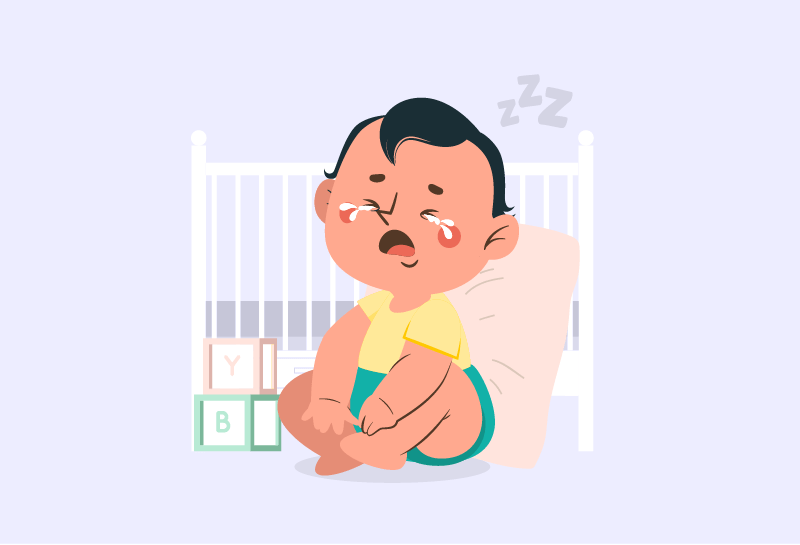
 4 mins read
4 mins read 
